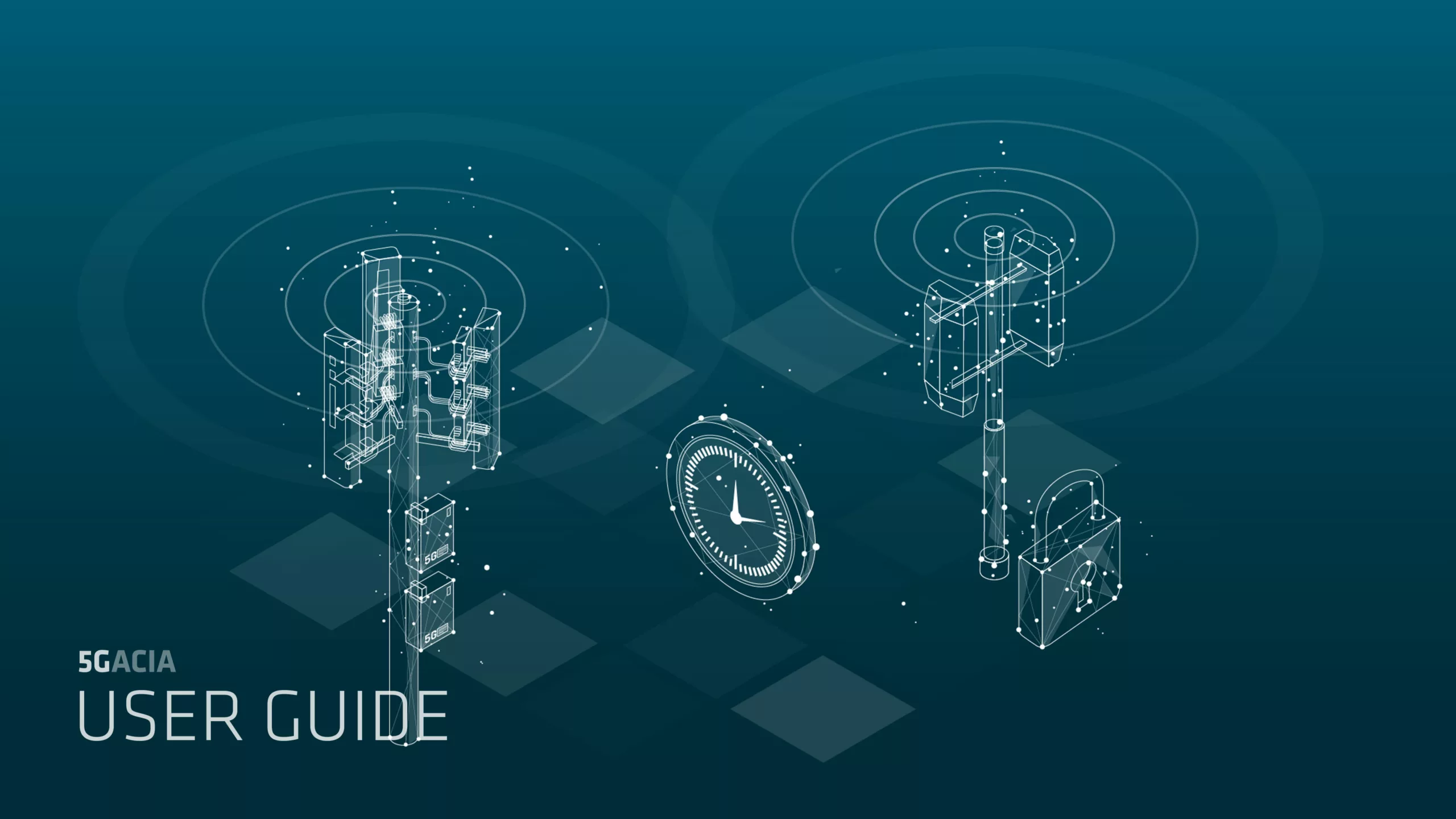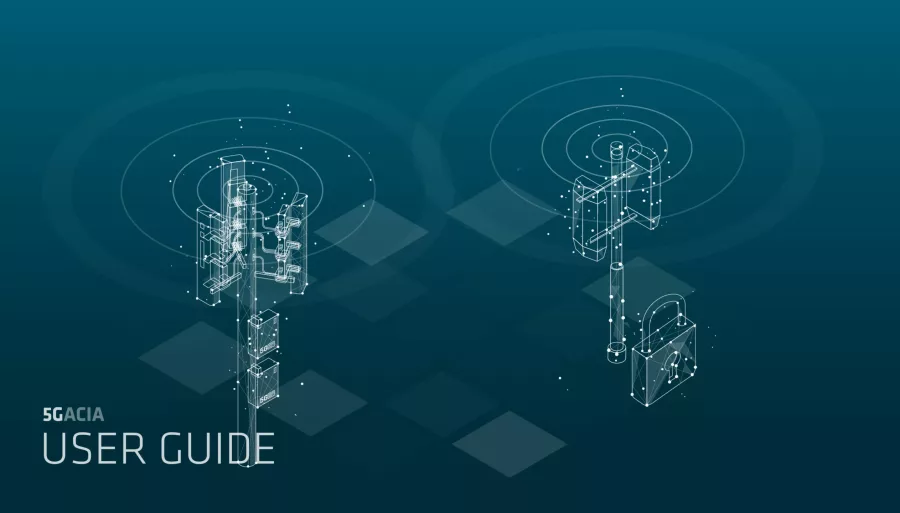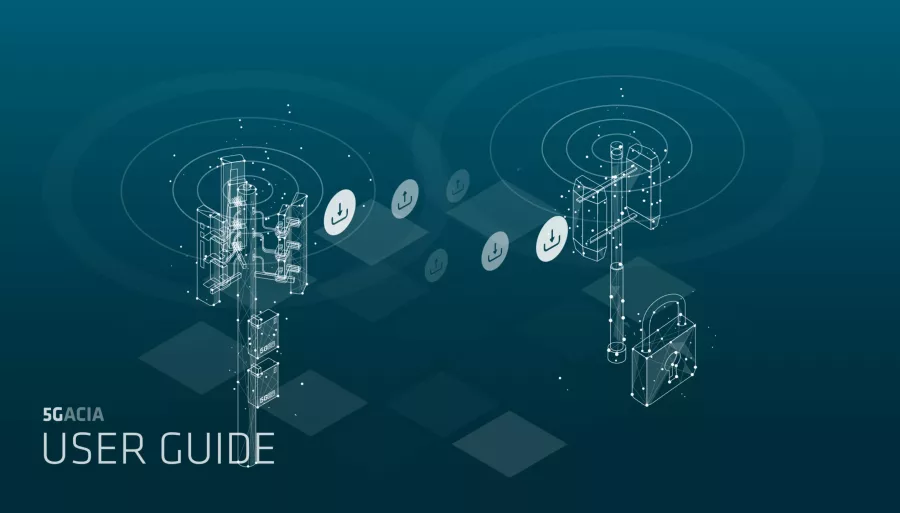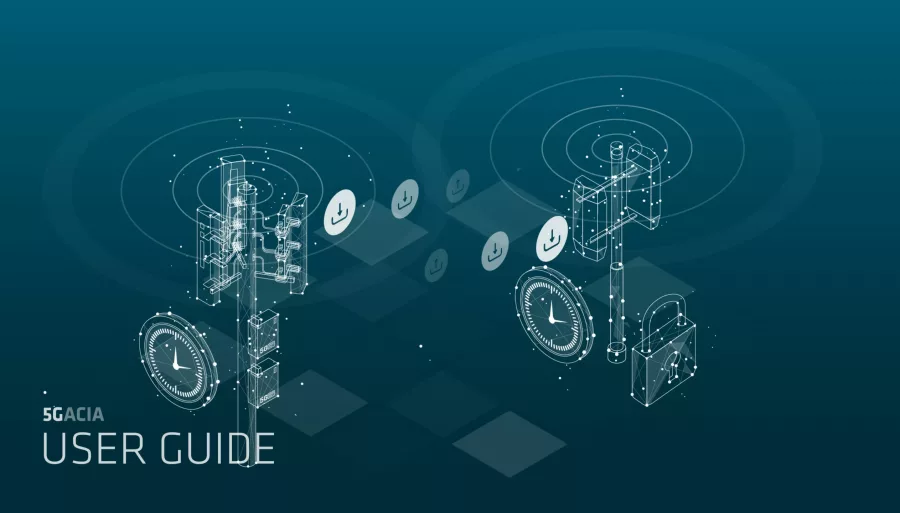In 5G time division duplex (TDD), uplink (UL) and downlink (DL) resources are separated in time, with different time slots allocated for UL and DL on the same frequency. While it is not common, there may be occasions when the TDD of two neighboring networks becomes accidentally unsynchronized. If this happens, it is clear that the DL of one network can significantly interfere with the UL resources of the second network when both networks operate in the same frequency channel. This degradation can also occur if the two networks operate in adjacent channels within the same frequency band, due to intermodulation, which is not mitigated by receiver hardware (RX HW) filtering. Whether this causes problems for a non-public network (NPN) depends on the degree of influence from neighboring networks, which, in turn, is influenced by several factors.
In 5G TDD base station receivers, there is only a frequency-independent combiner (no filter included). The receiver is designed to cover at least one band, such as TDD band n78 (3.3 GHz to 3.8 GHz). The antenna is also designed to cover the entire frequency range of the band (n78).
To separate uplink and downlink transmissions, different time slots are used. This enables the synchronization of downlink signals across all cells, ensuring that they start and stop simultaneously. Once synchronized, the uplink is isolated from the downlink, allowing the system to be designed with sensitivity towards low-power user equipment (UE) signals. While interference can occur when two non-synchronized networks operate in the same frequency, it can also arise when networks operate in adjacent frequency bands due to intermodulation.
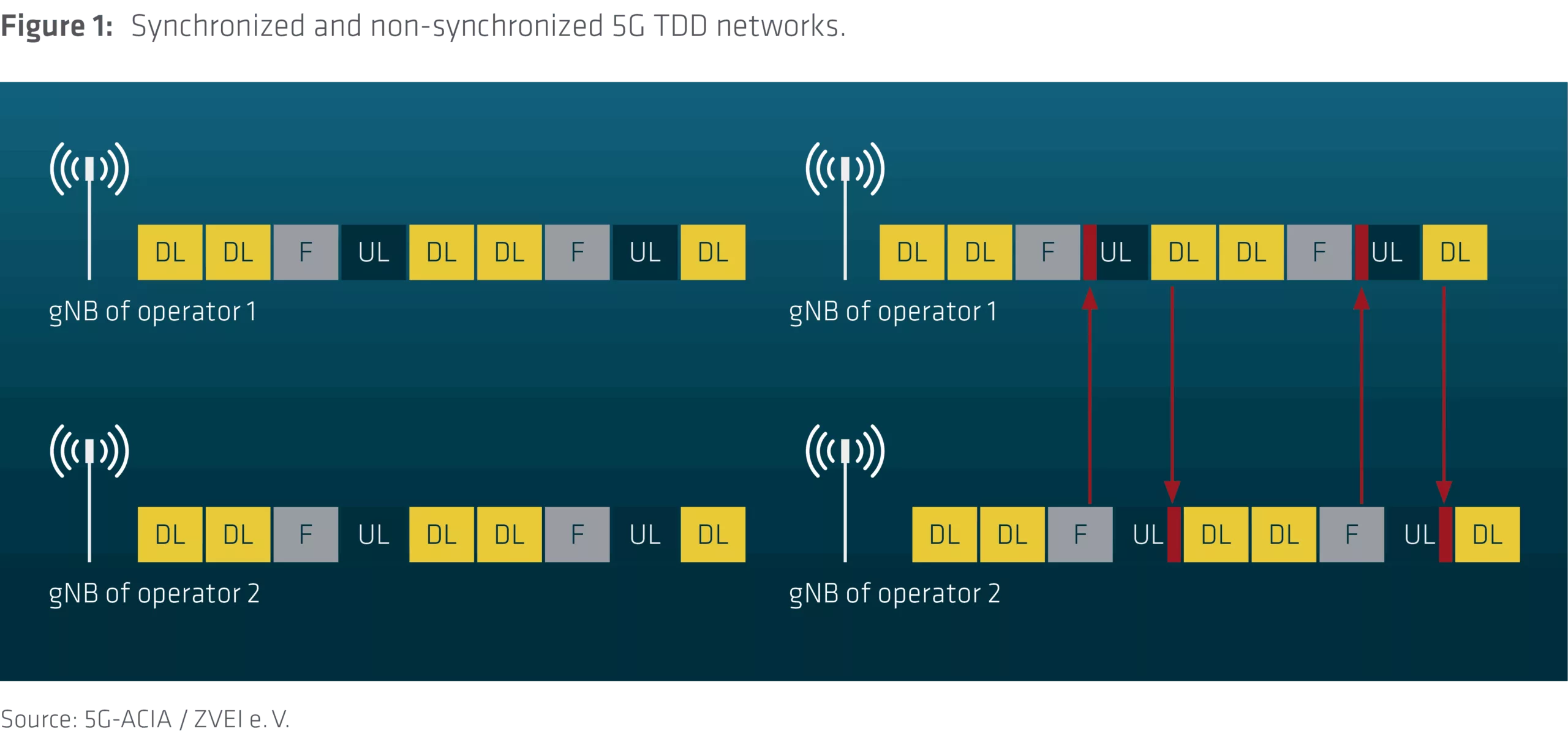
If a neighboring network operating in a different frequency fails to maintain synchronization, its DL signal will be detected by all neighboring receivers. This results in DL interference, which is superimposed on the UE uplink signals. In the worst-case scenario, this interference may prevent the receiver from decoding these signals altogether.
Summary:
When neighboring networks lack sufficient synchronization, a sufficiently strong interference signal in the DL can drive the UL’s sensitive receiver into non-linearity, generating intermodulation noise—even with frequency separation. This results in a clear impact on data throughput when synchronization between sites is lost. This effect is noticeable in both the downlink and uplink directions, with the uplink being more significantly affected. This can be understood because a downlink packet typically requires an acknowledgment in the uplink (usually within the first UL symbols). Therefore, issues with the uplink indirectly affect the downlink as well.
Once the synchronization timing offset exceeds a certain threshold, severe performance degradation occurs. For more details, refer to the subtopic “Example of Performance Degradation Quantification Due to Non-Synchronized Networks and Usage of Different TDD Patterns.”
Recommendations:
- Accidental synchronization errors: In cases where neighboring TDD networks suffer from a lack of synchronization, the impact on an NPN depends on the degree of influence from neighboring networks. This depends on factors such as distance, transmit power, attenuation, and antenna direction.
- Synchronization testing: The lack of synchronization can be detected through network testing. Once identified, synchronization must be restored. If the issue lies within one’s own NPN, it must be resolved internally. If neighboring networks do not adhere to the agreed synchronization and fail to fix the problem, the regulator can be called upon to enforce synchronization as a last resort.
- Mitigating performance degradation: To prevent performance degradation caused by neighboring networks, measures can be taken to minimize the received signal power (Rx power level) from neighboring networks at the NPN site (refer to point 1).
- Investigating interference impact: Performance degradation is influenced by the interfering signal level at the serving base station receiver. To understand the negative impact of these interfering signals, measurements are recommended at the premises of the planned NPN.
